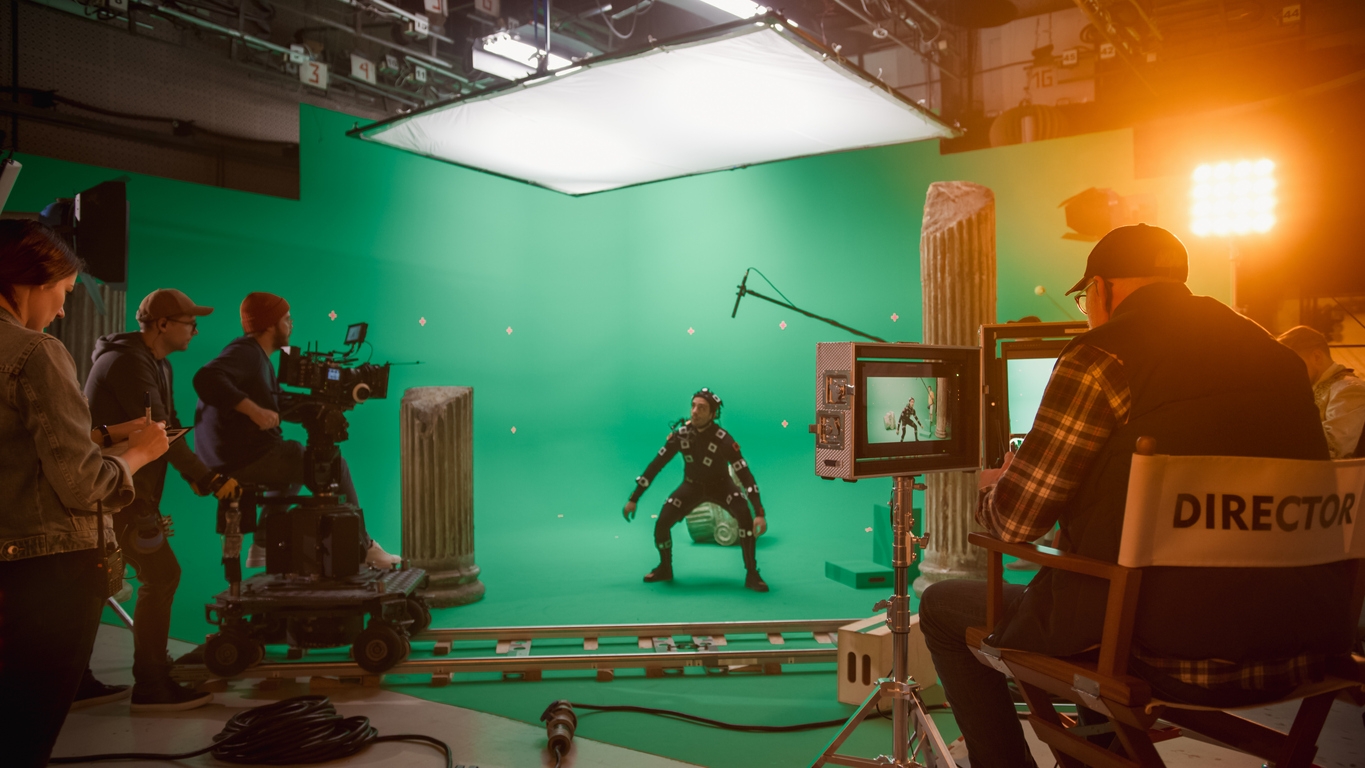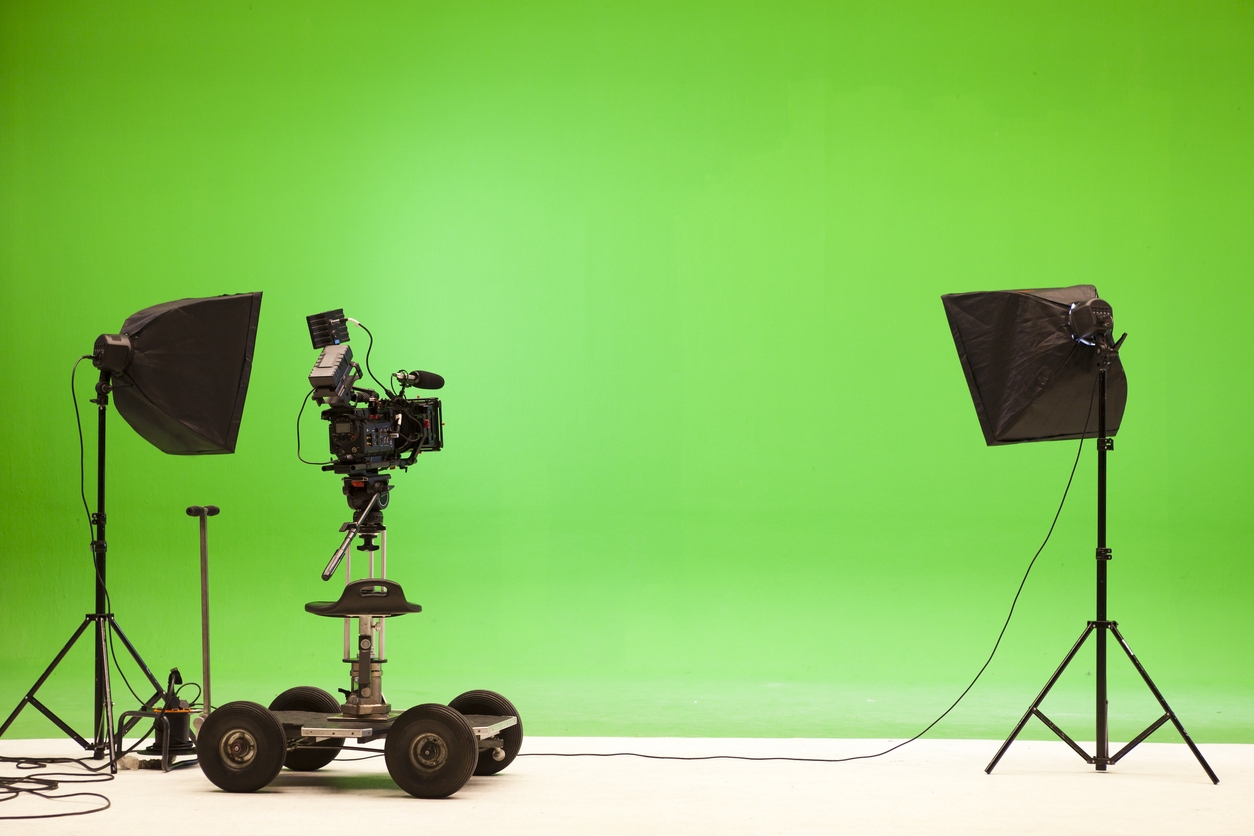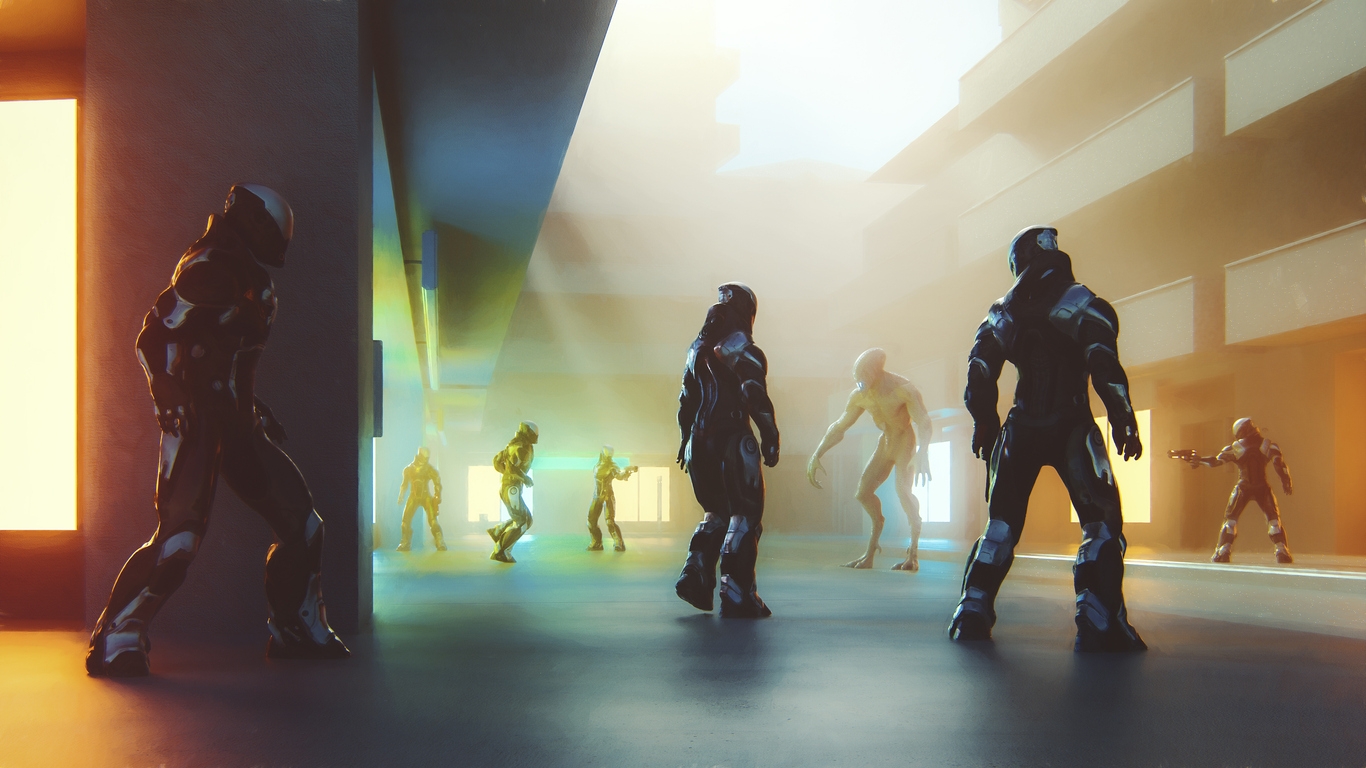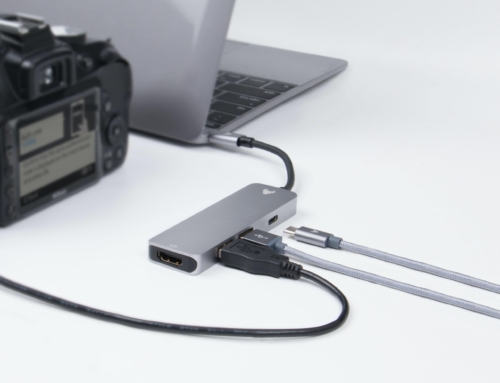Motion capture or mo-cap is a cutting-edge technique that digitally records an actor’s or an object’s movements and then maps those movements to a 3D model. This technology is integral to creating realistic, lifelike animations, a feat that traditional animation techniques couldn’t achieve.
As technology advances, we’re seeing increasing use of motion capture in media. This post will look at what mo-cap is, how it works, how it has changed over the years, and more.
What Is Motion Capture?
Motion capture is a technology-driven technique for capturing different aspects of an actor’s performance, such as general movements or facial expressions, and later converting them into digital data. The data can be used in a number of ways, including applying it to an animated character to achieve more realistic movements or creating full-on digital humans in video games and movies.
This tech offers a way of recording sophisticated stunts which would be impossible or, at the very least, dangerous for actors to perform repeatedly.
There are two types of motion capture — body-based and image-based.
Body-based mo-cap uses markers placed on strategic points on the subject’s body (e.g., face and hands). On the other hand, image-based motion capture uses images from one or more cameras strategically placed around the subject to track its movements.
Understanding the History of Motion Capture Technology
Motion capture traces its roots all the way back to the 1910s when Max Fleischer (an animator) came up with the rotoscoping technique. Fleischer used rotoscoping in his animated series “Out of the Inkwell.” The way it worked is that Fleischer’s brother, David, would dress up as a clown for his role of “Koko the Clown”’ and then act normally for the part in front of the camera. Fleischer would later track the human movements in the footage and translate them into an animated character.
The use of this technology in media has increased over the years, producing more realistic animation as time passes by.
In early Disney films like “Snow White and the Seven Dwarfs” and “The Black Hole,” actors were recorded dancing and moving to enable the artists to easily sketch over the recording to create realistic, animated movements.
In the 90s, mo-cap became a vital tool for creating video game characters. Video game creators used this technology to capture actors’ movements digitally.

In the Big Film Studio Professional Crew Shooting Blockbuster Movie. Director Commands Cameraman to Start shooting Green Screen CGI Scene with Actor Wearing Motion Capture Suit and Head Rig
Almost simultaneously, more filmmakers started using mo-cap for animation, pushing it to greater heights. For instance, in 2002, Peter Jackson showed just how effective motion capture technology is when the world saw Gollum in “The Lord of the Rings: The Two Towers,” played by Andy Serkis.
What really redefined motion capture animation and opened the door for computer-generated images of characters you see in cinemas today was James Cameron’s film, “Avatar.” The recording of this film was done using technology that capitalized on the actor’s interpretation and full emotional performances. Before the production of “Avatar,” the recording of mo-cap performances took place in specific studios for technical reasons.
Today, motion capture technology is a common tool for video games, TVs, and some of Hollywood’s biggest blockbusters.
How Does Motion Capture Technology Work?
Basically, the motion capture process is predominantly tech-driven. The first element of recording mo-cap is the suit, often fitted with sensors.
The actor performs their part in the suit while motion-tracking cameras that turn movements into data record all their actions. The recorded data is fed into motion capture software, where a post-production team translates it into a virtual skeleton.
As an actor moves, the virtual skeleton matches their movements to a monitor, enabling the actors and the production team to watch and review those movements in real-time.
Upon attaining the desired performance, the post-production team uses a program to animate the digital character on top of the virtual skeleton. Then, the team can clean up the motion capture data and refine the movements to come up with a final version of a character’s movements.
What Is Motion Capture Used For?
Motion capture has a wide range of applications, including:
Video Games
The video gaming industry is among the biggest users of motion capture technology, especially since gaming enthusiasts are increasingly shifting their preference to high-quality games with human-like characters.
Mo-cap technology creates a library of movements for each character. Animators immerse players in their video games by using motion capture technology to make each character move as realistically as possible. Story-based video games such as “Gears of War” and “The Last of Us” are excellent examples of the use of this technology in the video gaming industry.
Television
Mo-cap is used to insert a virtual character into a scene of a live broadcast. With this technology, studios can keep things fresh and create better performances. Since it is less time-consuming than traditional methods, motion capture technology enables studios to turn around an animated character much faster. Additionally, this technology is portable and works well in all environments.
Film

Professional digital camera at a chroma key studio setup.
Motion capture technology has redefined the film industry. Filmmakers use this technology for CG effects. But there are also times when they use it to eliminate the need to develop fully computer-generated creatures. “Sinbad: Beyond the Veils” (2003) was the first film to use motion capture technology in the entire film. “Phantom Menace” (1999) was the first movie to have the main character created via motion capture technology. Other notable uses of mo-cap technology in the film industry include “Hulk” (2003), “Avengers” (2012), and “Alita: Battle Angel” (2003).
Beyond the entertainment world, mo-cap is also used in sports, healthcare, the military, farming, and many more industries.
What Challenges Does Motion Capture Present?
While mo-cap offers a lot of benefits, it also presents some challenges. For starters, it is expensive and requires specialized equipment. It can also be challenging to achieve realistic results with this technology, especially if you don’t know your way around it. Moreover, you should track the subject’s movements as accurately as possible to achieve desirable results.
Final Thoughts on Motion Capture Technology
The emergence of motion capture technology has revolutionized video gaming, TV, and filmmaking. It is possible to create realistic yet creative media using this technology. As time goes by, developers will add more capabilities to this technology, making it even more effective.
Are you looking to learn more about technology? Woz U is here to assist you in gaining the training necessary for you to begin your journey. Contact us today to get started.





